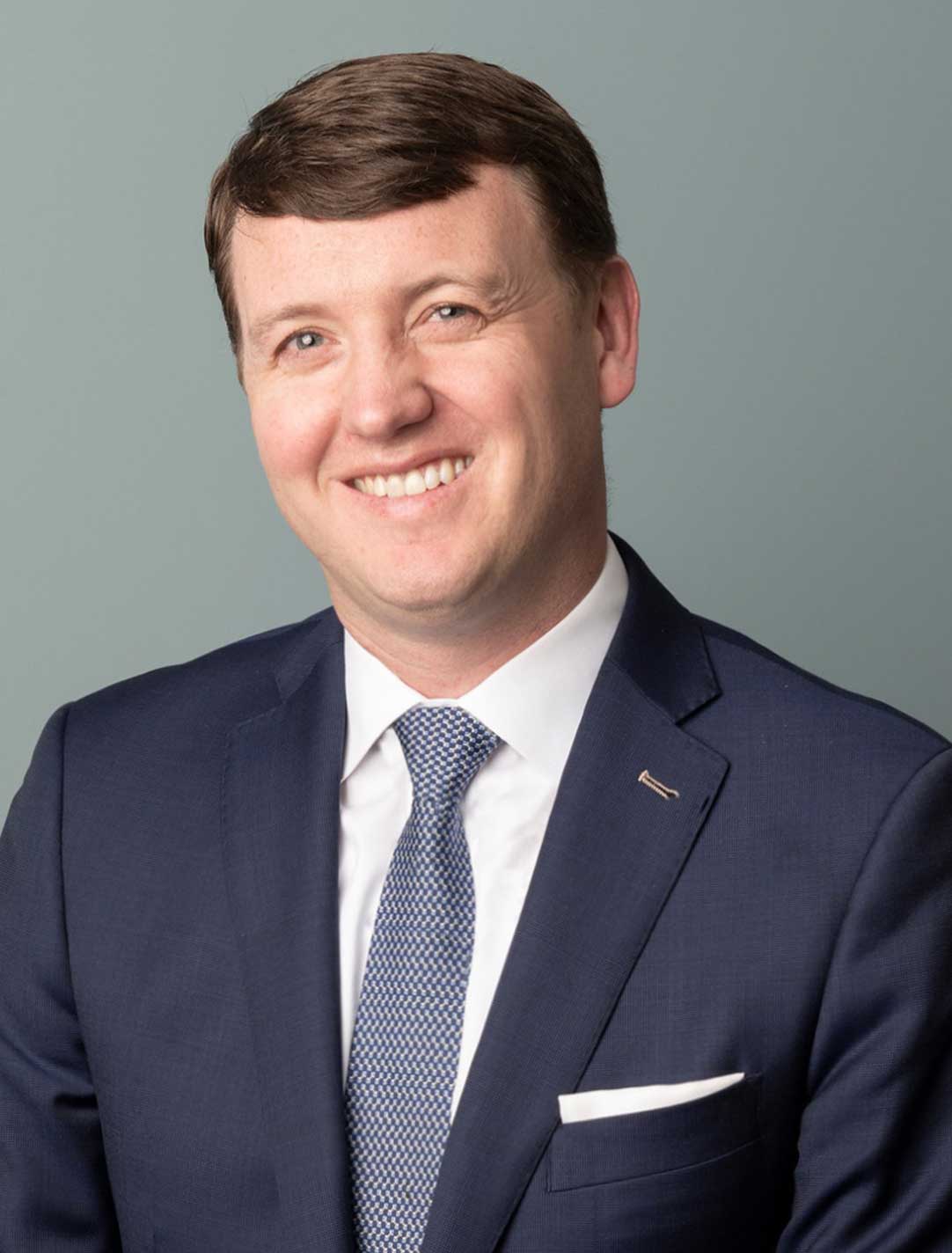Core Injury
What are the core muscles?
The core muscles are a combination of all the muscles that encompass from the mid thigh up to the upper abdominal area. These include the abdominal muscles, the oblique muscles, and the thigh muscles. All of these muscles attach over the aponeurotic plate or core plate right over the pubic bone. A core muscle injury can involve any of these structures, but the most common are the ab muscle or the rectus abdominis muscle and the adductor muscles of the inner thigh.
Causes
Another name for a core muscle injury is athletic pubalgia or sports hernia. Therefore, more often these types of injuries are associated with athletes, but it’s not limited to athletes. Any activity that can involve a strain to the core muscle injury can sustain a core muscle injury. They usually occur from a stretch type injury either from extension of the hip, such as kicking a soccer ball or skating in hockey, or over stretching the muscle, which would be extending the back of the leg. This can be an acute injury or a chronic injury.
Symptoms
Symptoms of core injury can be varied. They most commonly are reported as a feeling of tightness, shooting tight pain or sharp pain in the groin and lower abdominal area. Sometimes they can extend all the way up into the hip or extend down the thigh. The pain is usually described as a chronic ache but sometimes sharp and fleeting pain. Pain is increased with exertional things such as sprints, kicking, or lifting, as well as other day-to-day activities such as coughing, sneezing or twisting. Doing a sit up can often cause increased pain.
Treatment
Non-surgical treatments include mostly conservative treatments, including activity modification using anti-inflammatory medications (NSAIDs), physical therapy to work on core stability and flexibility can be important, occasionally injections, therapy injections, such as cortisone or platelet-rich plasma can be helpful, acupuncture can be helpful as well as dry needling, heat and ice therapies, yoga, and massage therapy. Treatment regimens should last about approximately 6 weeks in which the patient or athlete should refrain from the inciting activities.
Surgical Treatment
In some specific cases, surgical treatment may be required. It’s often a combination of fascial releases and repair of the tendon and ligaments. Hernia or mesh should not be or rarely ever used for these types of procedures.
Prevention
To prevent chronic injuries, athletes should focus on a balanced approach to core strengthening, and not overuse one particular muscle group, as this can overwhelm and cause wear and tear of the core structures. Athletes also should listen to your body when you start feeling symptoms of a core injury, you should hold back and reduce your intensity or frequency of the offending exercise to allow your body to heal.
At a Glance
Dr. Scott Faucett
- Internationally Recognized Orthopedic Surgeon
- Voted Washingtonian Top Doctor
- Ivy League Educated & Fellowship-Trained
- Learn more



